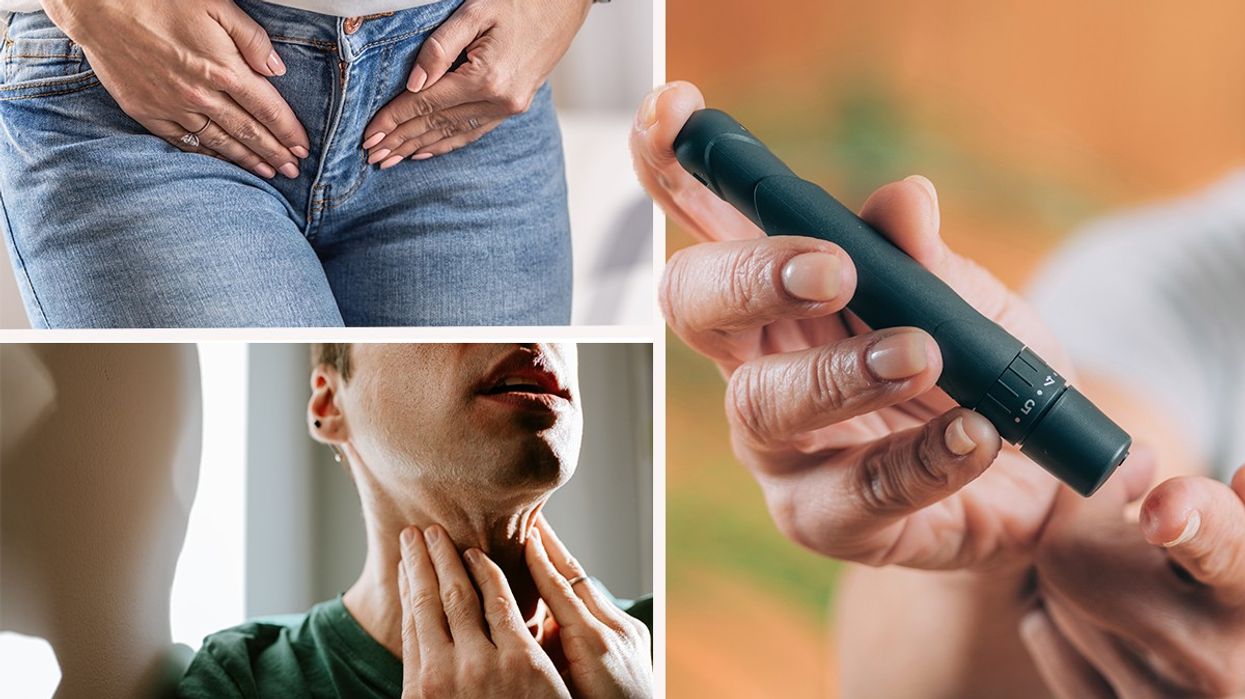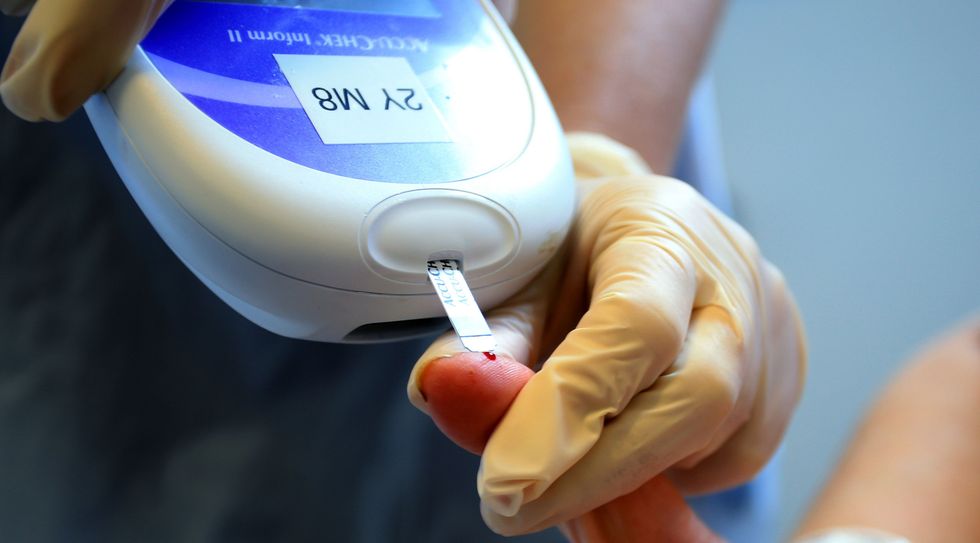Type 2 diabetes 'danger' signs to spot as one million Britons do NOT know they have it, dire statistics show

One million Britons are living with type 2 diabetes without realising it, new ONS statistics show
|Getty Images

The shocking new statistics underscore the importance of knowing the warning signs - and responding to them accordingly
- ONS estimates that three in ten, or about one million Britons, currently have undiagnosed type 2 diabetes
- Those from black or Asian groups are most risk of pre-diabetes
- Extremely high blood sugar levels - a hallmark feature of type 2 diabetes - can be extremely dangerous
- Experts are calling on the general public to watch out for the signs so they can get diagnosed as early as possible
Don't Miss
Most Read
Experts are urging the general public to stay alert to the warning signs of type 2 diabetes after newly-released figures from the Office for National Statistics (ONS) show that one million Britons are currently living with the condition without realising it.
It comes after a 2023 analysis by Diabetes UK estimated that 4.3 million people were living with a diabetes diagnosis in the UK.
The latest statistics are shocking but surprising: the symptoms of type 2 diabetes can be subtle at first and many people will not experience any.
This makes the condition highly pernicious as extremely high blood sugar levels - the hallmark of type 2 diabetes - can lead to a "dangerous" complication called hyperosmolar syndrome, warns Harvard Health.

Extremely high blood sugar levels can induce a coma
|Getty Images
Hyperosmolar syndrome is a life-threatening form of dehydration.
"In some cases, hyperosmolar syndrome is the first sign that a person has type 2 diabetes. It causes confused thinking, weakness, nausea and even seizure and coma," Harvard Health explains.
In addition to increased thirst, other warning signs include:
- Urinating more often than usual, particularly at night
- Feeling very tired
- Unexplained weight loss
- Itchiness around the genital area, or regular bouts of thrush (a yeast infection)
- Cuts or wounds that heal slowly
- Blurred vision – caused by the lens of the eye becoming dry
What the latest ONS data shows
Using data from the Health Survey for England 2013 to 2019, the ONS estimates that seven percent of people over the age of 16 show evidence of type 2 diabetes, although three in ten, or about one million, were not diagnosed.
Some 50 percent of people aged 16 to 44 were undiagnosed compared with 27 percent aged 75 and over.
ONS figures also showed that pre-diabetes, when blood sugars are higher than usual, but not high enough for a diabetes diagnosis, affects about 5.1 million adults in England.
Those most likely to develop the condition had known diabetes risk factors such as being overweight or older.
However, the ONS said there was “considerable prevalence” in people considered at low risk of pre-diabetes, including four percent of people aged 16 to 44 and eight percent who were not overweight or obese.
LATEST DEVELOPMENTS
- Largest Covid vaccine study yet finds link to health conditions: Risks identified among millions immunised
- Have you tried DSB? The simple breathing exercise researchers say can lower risk of dementia - takes minutes
- 'I was diagnosed with B12 deficiency after noticing this sign in my feet - I'm still fighting it years later'

Those most likely to develop the condition had known diabetes risk factors such as being overweight or older
| PAThose from black or Asian groups also faced more than double the risk of pre-diabetes at 22 percent compared with 10 percent of people from white, mixed and other ethnic groups.
Type 2 diabetes overall was higher among black and Asian people at five percent.
Ms Joule added: “The figures published today by ONS reveal a shockingly high number of people living with type 2 diabetes without a diagnosis, while millions more are at high risk of developing it.
“We’re particularly concerned about the prevalence of pre-diabetes and undiagnosed type 2 diabetes in people from black and Asian backgrounds, and the worrying proportion of younger people who are undiagnosed, as we know type 2 diabetes is more aggressive in younger people.
“The findings are a reminder of just how important it is for type 2 diabetes to be detected and diagnosed as early as possible, so people can get treatment and support to reduce the risk of devastating complications and, importantly, be offered remission programmes where appropriate.”










